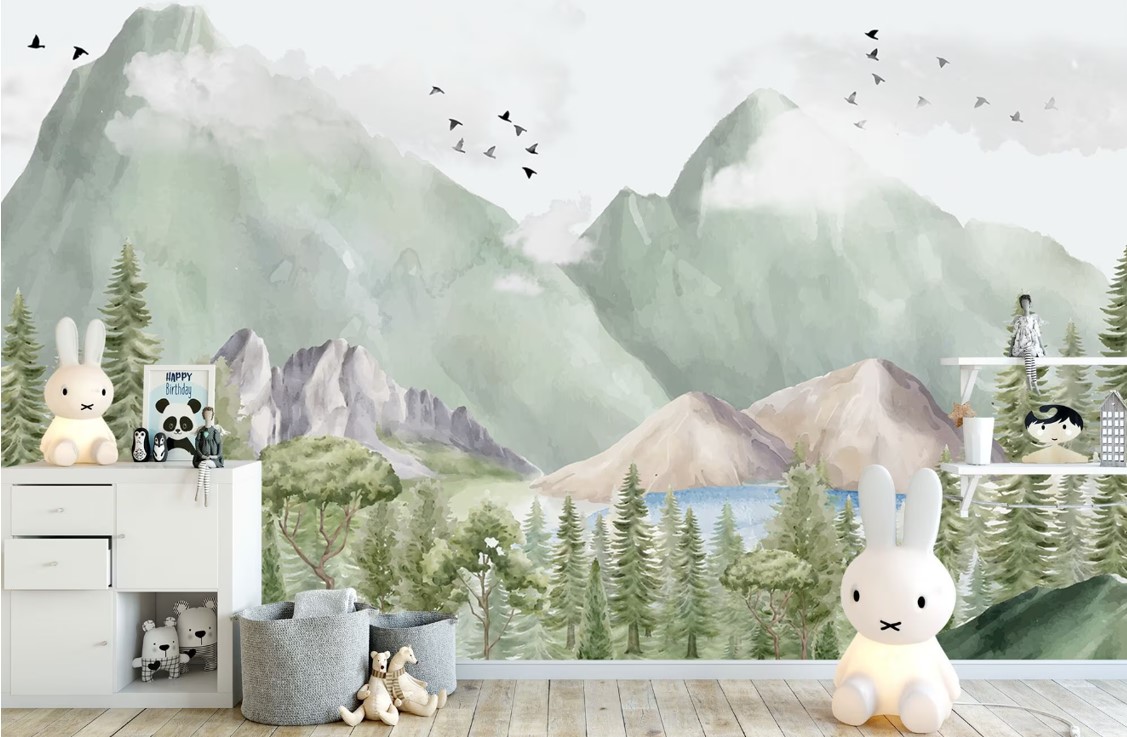Introduction
Welcome to the enchanting world of kids’ wall art! Decorating your child’s room with the right wallpapers and prints can turn their space into a magical realm where imagination knows no bounds. As parents, we understand that our kids’ rooms should grow with them, catering to their changing interests and developmental stages. In this comprehensive guide, we will explore the diverse categories of kids’ wall art and provide clever tips and ideas on how to select the perfect pieces based on your child’s age.
Designing Multi-Use Spaces for Different Ages
Children’s rooms are multi-functional spaces that evolve as your child grows. From sleeping to playing, learning, and relaxing, a kid’s room serves various purposes. To create designated areas, consider using patterned and motif wallpapers to deck out play corners with bright, engaging colors. For relaxation areas, opt for pastel or warm-toned wallpapers that promote a peaceful ambiance. As kids transition from kindergarten to school age, their interests change too. Using feature walls with beautiful patterned wallpapers allows for easy updates without redoing the entire room.
Recommended Wallpapers For Kids’ According To Their Age
Babies (0-2 years)
For babies, consider wallpapers with simple and large-scale patterns in contrasting colors, such as black and white geometric shapes. Soft nuances of red can also have a calming effect on them. Since their eyesight and acuity are limited, choose wallpapers with easily distinguishable designs that can stimulate their visual development.
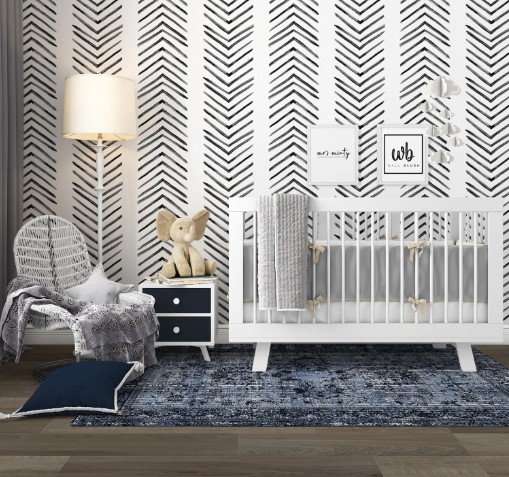

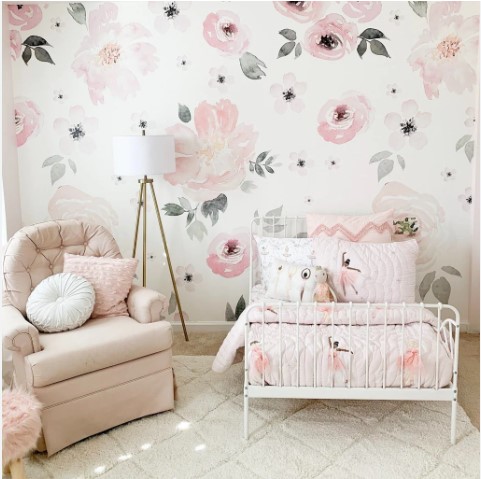
Toddlers (1-3 years)
As toddlers become more agile and curious, their rooms should provide ample space for exploration and play. Opt for wallpapers featuring a funny zoo, forest, or sea animals, as well as cars and delicate geometric patterns. At this age, children can see all basic colors and pastels, so feel free to incorporate a variety of hues into the wallpaper.

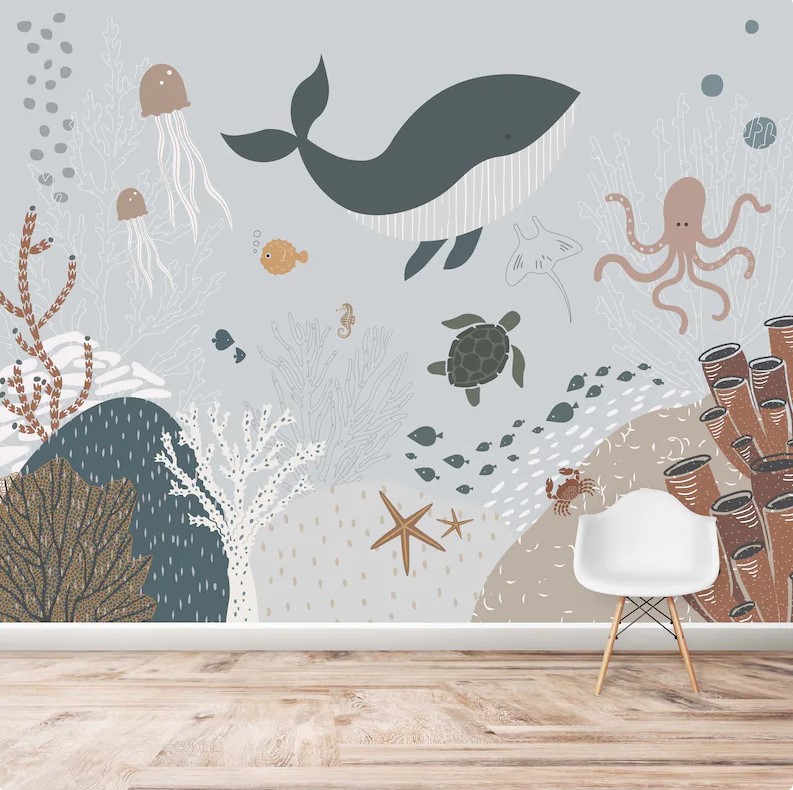

Kindergarten Age (3 years and above)
At this stage, children start going to kindergarten and experience significant social development. Their rooms become places of retreat where they process their experiences through play, such as role-playing games. Wallpaper motifs should align with their emerging interests and preferences. Girls may enjoy wallpapers with dolls, horses, or mythical creatures, while boys might prefer cowboys, firefighters, or airplanes.



Elementary Age (6-10 years)
For older kids, consider wallpapers that encourage creativity and learning. Educational wallpapers depicting maps, alphabets, or the solar system can be both fun and educational. Additionally, wallpapers with customizable surfaces, like writable wallpaper, allow kids to express themselves and showcase their artistic talents.
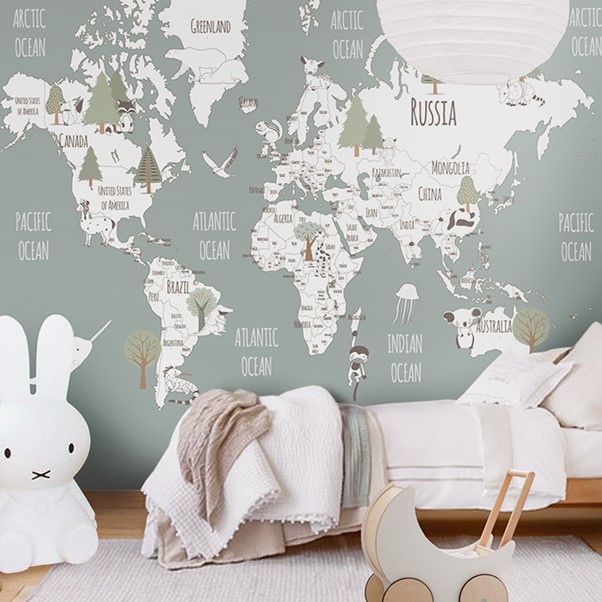
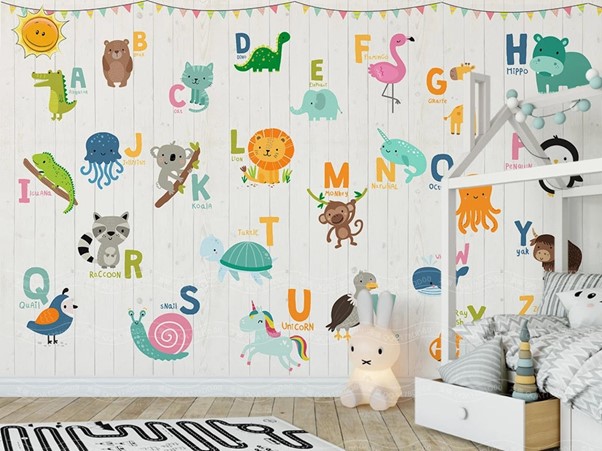

Tweens (11-13 years)
Tweens are entering their pre-teen years and may appreciate wallpapers that reflect their individuality and personality. Consider abstract prints or motivational quotes that inspire and empower them. Customizable wallpapers that allow them to add their personal touch to the room can also be a hit.
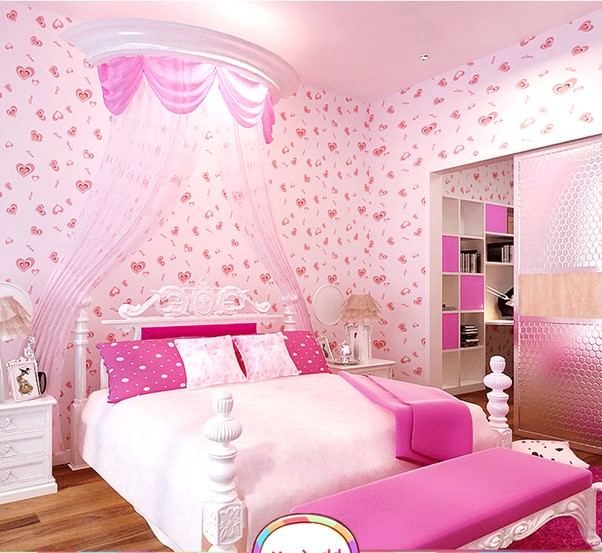
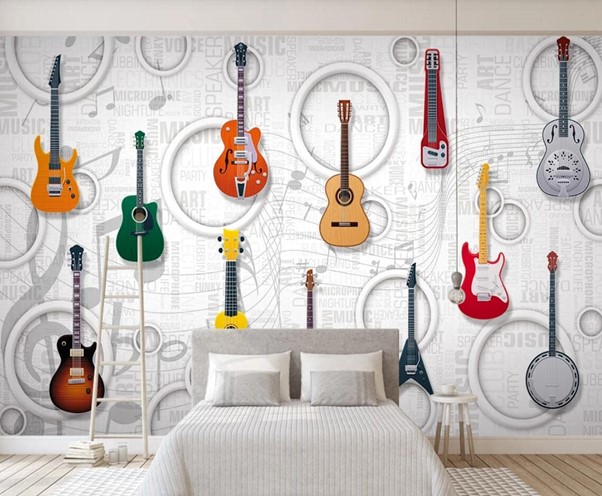
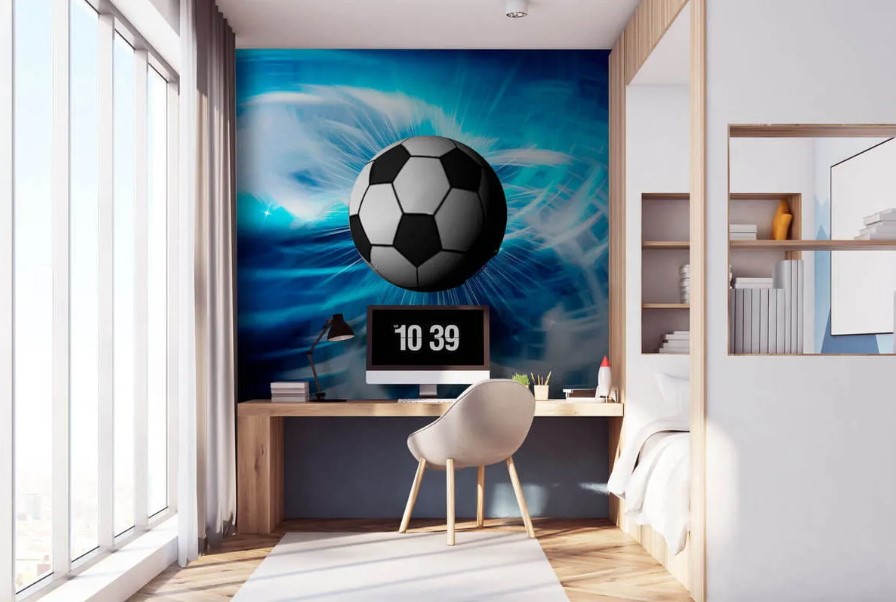
Teenagers (14-16 years)
As kids transition into teenagers, they develop their unique tastes and preferences. Involve them in the wallpaper selection process and let them express their personality through their room’s decor. Consider trendy patterns and designs that reflect their current interests and passions.
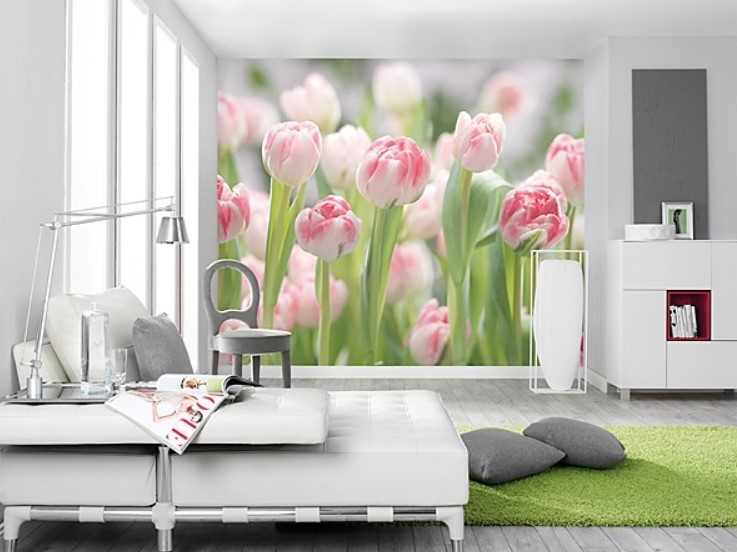
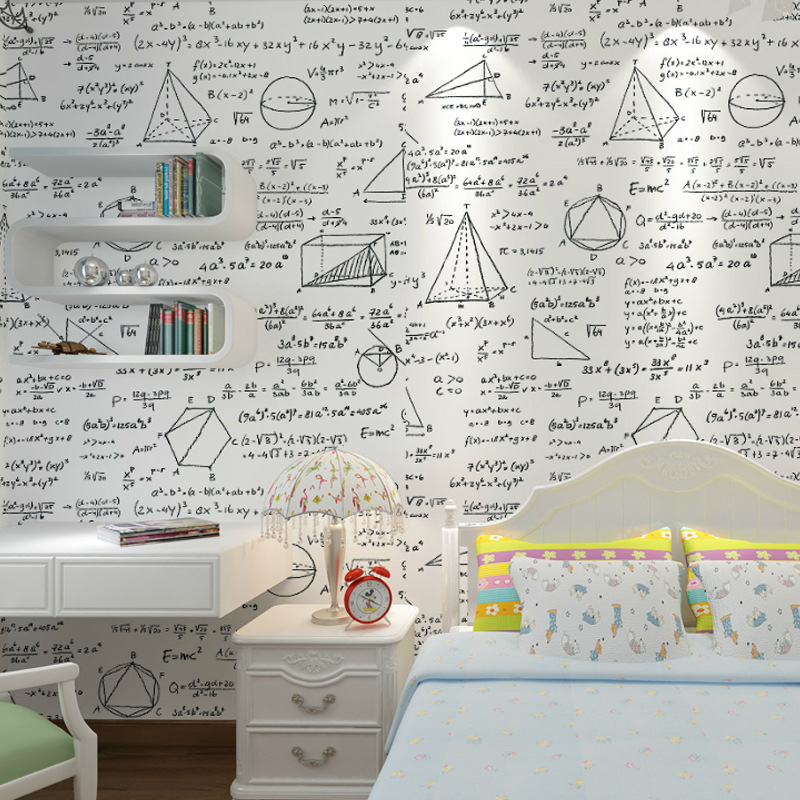
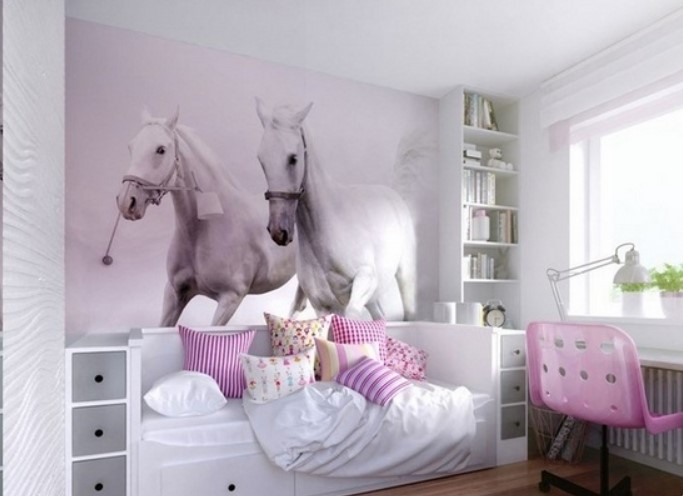
Overall, when choosing wallpapers for kids’ rooms, keep in mind the room’s functionality, adaptability to age-appropriate themes, and the child’s evolving interests. Utilizing removable or self-adhesive wallpapers can be advantageous, as they offer flexibility and easy updates as the child’s tastes change over time. Remember that wallpapers not only add style and color but also play a vital role in stimulating creativity and promoting a nurturing environment for your child’s growth and development.
The Art of Avoiding Overstimulation
Toddlers love exploring, but as they grow, they seek a comforting haven of their own. Avoid overstimulation by choosing light colors and delicate patterns for smaller rooms to create a sense of openness. For relaxation areas, opt for warm hues, and in play areas, use stimulating colors and patterns. Consider including your child’s name, artwork or special collections in the room’s decor to add a personal touch and boost their confidence.
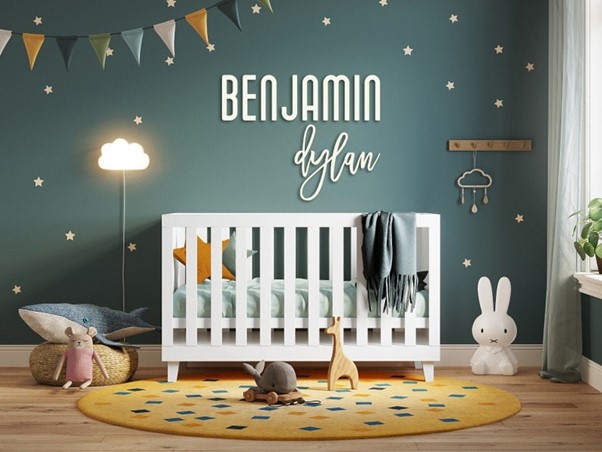
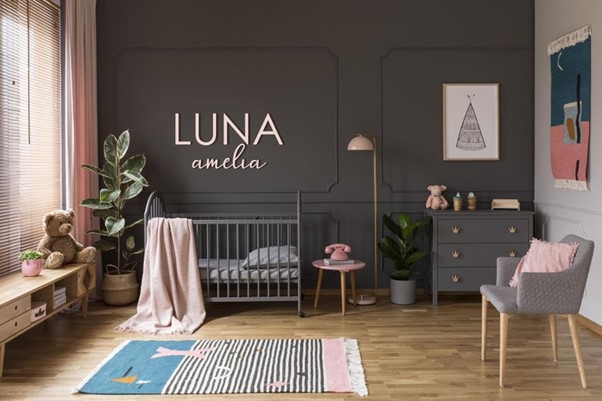
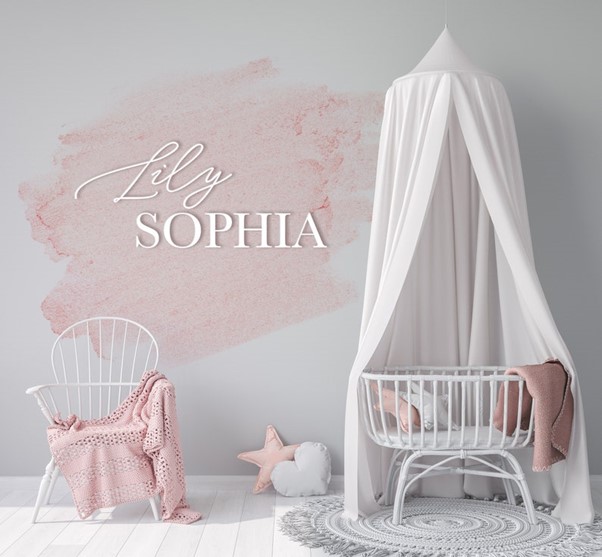
The World of Children’s Prints and Posters
Children’s prints and posters offer a simple yet effective way to revitalize and personalize their space. From cute animals to graphic design prints, there’s a wide selection to choose from. For newborns, christenings, or birthdays, children’s prints make fantastic gifts. Frame these high-quality prints on thick, uncoated paper to add an elegant touch to the room. Popular choices include Batman posters, letter posters, world maps, and prints with affectionate phrases.
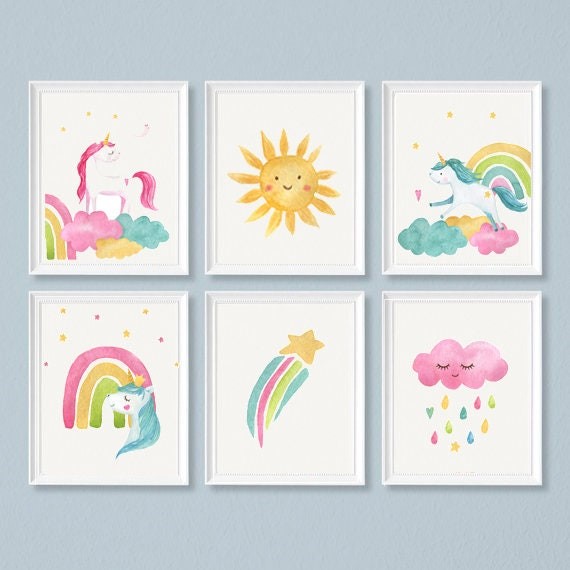
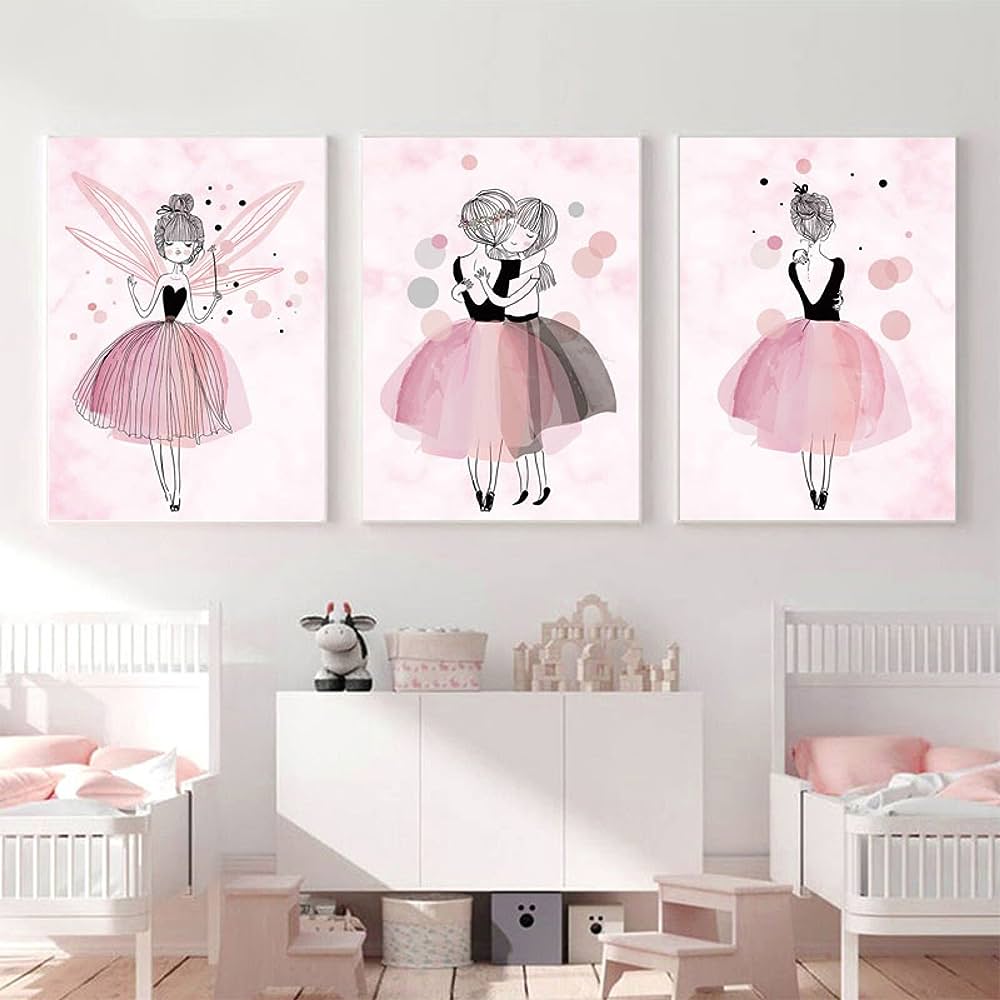
Selecting Wall Art Based on Age: Basic Tips
Nursery (0-2 years)
In the early years, create a soothing environment with pastel shades and gentle patterns. Opt for nursery rhyme-themed wallpapers or prints with cute animals to stimulate their curiosity.
- Select Art You Find Enjoyable: Since your baby won’t be able to appreciate the art immediately, choose pieces that you find comforting and enjoyable to look at. Consider beachy vibes, abstract art, or inspiring quotes that create a positive and calming atmosphere in the nursery.
- Choose Art That Grows with Them: The nursery will likely be their room for years to come, so avoid wall art that is too babyish. Opt for pieces that they will grow to love as they get older. Neutral tones, family photos, and animal pictures are versatile options that can transition well from infancy to childhood.
- Mix and Match: If you can’t settle on a specific theme, consider creating a gallery wall with a mix of framed prints, canvas prints, family photos, and other art pieces. To ensure cohesiveness, choose one or two colors that are displayed throughout all the pieces.
- Keep It Fun and Stress-Free: Designing the perfect nursery should be an enjoyable experience. Don’t overthink it and allow yourself to have some creative freedom. Choose colors and prints that catch your eye, and remember that you can always change the decor later if you desire.
– Baby Room Decor, Peel and Stick Rainbow Wallpaper for Kids Bedroom Nursery Playroom –
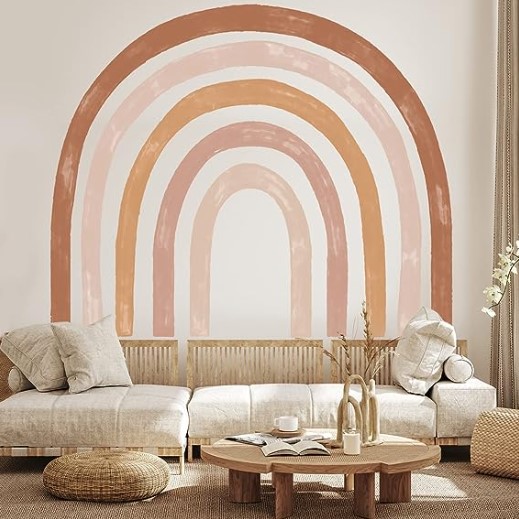
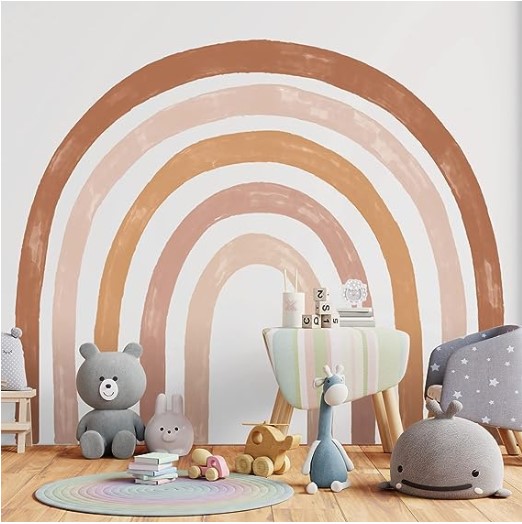
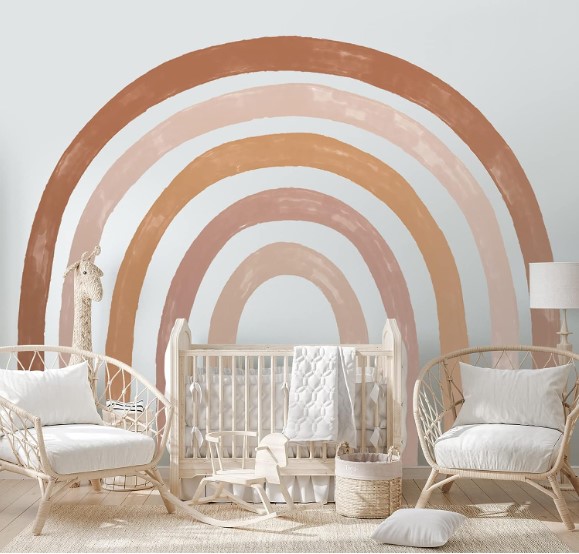
Preschool (3-5 years)
As their imagination blossoms, incorporate wallpapers with interactive designs like maps or alphabets. Choose prints featuring their favorite cartoon characters or superheroes.
- Think Whimsical, Not Childish: Avoid overly themed or character-based art that your child may outgrow quickly. Instead, opt for whimsical and imaginative art that sparks their creativity and can be appreciated for a longer time.
- Reflect Their Interests: Incorporate art that reflects your child’s interests and passions. Whether it’s sports, animals, books, or space, choose pieces that resonate with them and add a personal touch to their room.
- Get Your Child’s Input: Involve your child in the decision-making process. Ask them about their favorite colors, themes, or subjects they would like to see on their walls. This way, you can ensure they feel connected to their space.
- Go Bold with Color: Kids’ rooms are the perfect place to add vibrant colors and playful designs. Consider colorful and eye-catching wall art that complements the room’s overall decor and adds a lively atmosphere.
- Create a Cohesive Look: While you can have an eclectic mix of art pieces, try to create a cohesive look by using a similar color palette or matching frames. This helps tie the different pieces together and creates a unified design.
- Add Inspirational Quotes: Consider incorporating inspirational quotes or positive messages in the artwork. These can spark conversations with your child and provide meaningful messages as they grow.
- Educational Elements: Explore art pieces that are both stylish and educational. Maps, alphabets, numbers, or educational themes can introduce new concepts to your child in a fun and engaging way.
- Personalized Art: Make the room extra special by adding personalized art with your child’s name or initials. This not only adds a personal touch but also helps them feel a sense of ownership of their space.
- Incorporate Their Artwork: Display your child’s own artwork in frames or on a designated art wall. This encourages their creativity and boosts their self-esteem as they see their creations showcased.
- Age-Appropriate Choices: Consider the age and developmental stage of your child when choosing the art. As they grow, their preferences and interests may change, so opt for art that can transition well with them over time.
– Personalized Name & Initial Vinyl Wall Decor, Decoration Stickers for Kids –

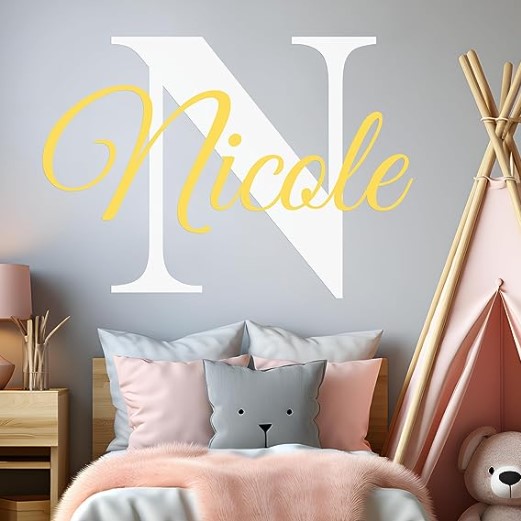
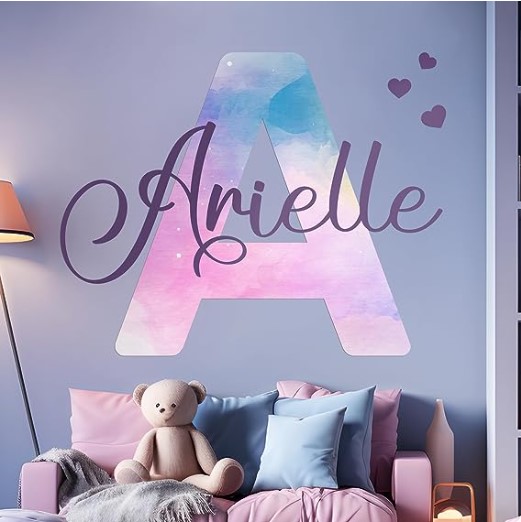
Elementary (6-10 years)
Encourage creativity with wallpapers that have writable surfaces. Consider educational prints that depict the solar system or famous historical figures.
- Reflect Their Interests: Consider artwork that mirrors your child’s personality, hobbies, and interests. You can involve them in the decision-making process and select pieces that resonate with their passions, whether it’s sports, animals, nature, or favorite characters from books or movies.
- Be Playful and Timeless: Choose art that is whimsical and playful, but also has a timeless quality. This way, the artwork can stay relevant and enjoyable for years to come, even as your child grows older.
- Involve Your Child: Get your child’s input when selecting wall art. Ask them about their favorite colors, themes, and styles. Involving them in the process will make them feel more connected to their room and its decor.
- Bold Colors and Accents: Bright and bold colors can stimulate creativity and imagination. Consider using colorful artwork or accents to add pops of color to the room while keeping the walls in a more neutral shade for versatility.
- Cohesive Design: Maintain a cohesive design throughout the room, including the wall art. Consider the overall color scheme and decor when choosing artwork to ensure it complements the existing elements in the space.
- Incorporate Personal Touch: Display your child’s own artwork, family photos, or personalized art pieces in the room. This adds a special touch and creates a sense of ownership for your child in their personal space.
- Introduce Different Styles of Art: Introduce various styles and types of art to your child to encourage their creativity and appreciation for different cultures and traditions. Art lessons or exposure to different art forms can be enriching for their development.
- Art that Grows with Them: Choose wall art that can evolve with your child as they grow older. Consider pieces that reflect their changing interests and preferences, so the room remains relevant and engaging for them.
- Consider Color Harmony: While kids often love bold colors, ensure that the chosen wall art complements the other elements in the room, such as furniture, bedding, and decor. Harmonious color choices create a cohesive and pleasing environment.
- Personalized Art: Consider personalized art pieces that feature your child’s name or initials. This adds a special touch and makes the room feel uniquely theirs.
– Butterfly, Girl Wall Stickers, Flower Fairy, Wall Decal, Pink Floral, Wall Mural Colorful –
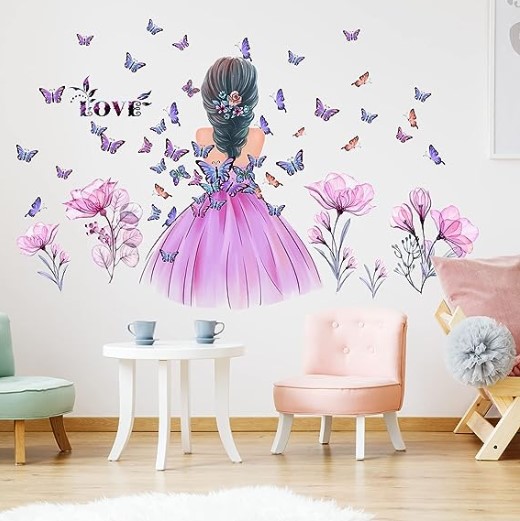
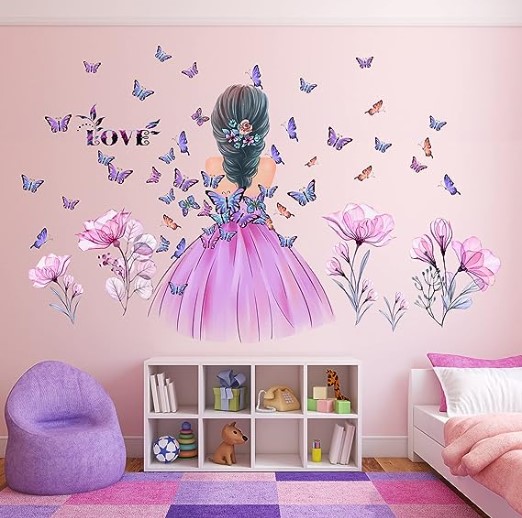
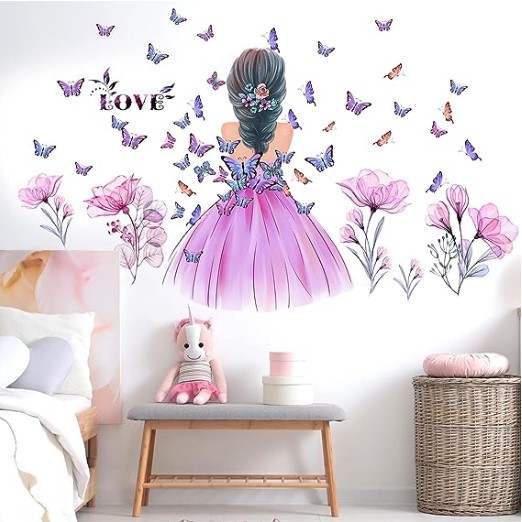
Tween (11-13 years) & Teenager (14-16)
Allow your tween to express themselves with customizable wallpapers. Opt for abstract prints or motivational quotes that inspire and empower.
- Reflect Their Unique Style and Interests: Let the inspiration for wall art come from your tween. Consider their hobbies, interests, favorite colors, sports, and even places they’ve traveled to or would like to travel. The wall art should reflect their personality and make the room feel like home to them.
- Choose Vibrant Colors: Kids in the tween age group often appreciate bold and exciting colors. Incorporate wall art with exciting, bright pops of color to add a cheerful and energetic vibe to the room. However, be mindful of the overall color scheme in the room to maintain harmony with other elements.
- Personalization: Kids love to see their names on things. Consider personalized wall art that includes their name or initials. This makes the room feel uniquely theirs and adds a special touch to the decor.
- Explore Different Themes: Tween canvas art can come in various themes, such as abstract, nature, inspirational quotes, and even pop culture or celebrity-inspired art. Let your tween choose a theme that resonates with them and reflects their interests and style.
- Consider Wall Art Placement: Determine the size and placement of the wall art carefully. Larger pieces can create a bold statement, while smaller pieces can be arranged on a gallery wall for a cohesive look. Be mindful of the room’s layout and other furnishings when selecting the wall art’s placement.
- Gallery Wall Display: Create a gallery wall to showcase multiple art pieces. This can be a fun and creative way to display various artworks and add visual interest to the room. Pay attention to the size, shape, and color of the pieces to ensure a balanced display.
- Incorporate Functional Wall Art: Consider functional wall art such as bulletin boards, cork boards, or dry-erase boards. These can serve as practical tools for displaying notes, photos, schedules, and other important items while adding aesthetic appeal to the room.
- Maintain Canvas Art: To ensure the longevity of canvas art pieces, keep them out of direct sunlight to prevent fading. Regularly dust and clean the art to keep it in good condition. Avoid using harsh chemicals that might damage the artwork.
- Involve Your Tween: Get your tween’s input and involve them in the process of choosing wall art for their room. Their active participation will make them feel more connected to their space and excited about the final look.
– Photo Holder, Wall Decor for Teenage Bedroom Inspired by Dream Catcher –

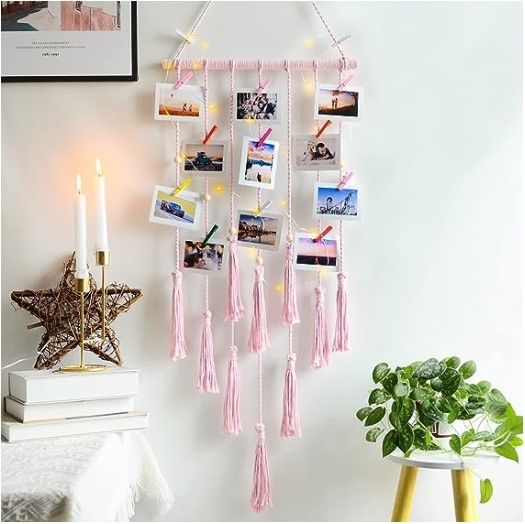
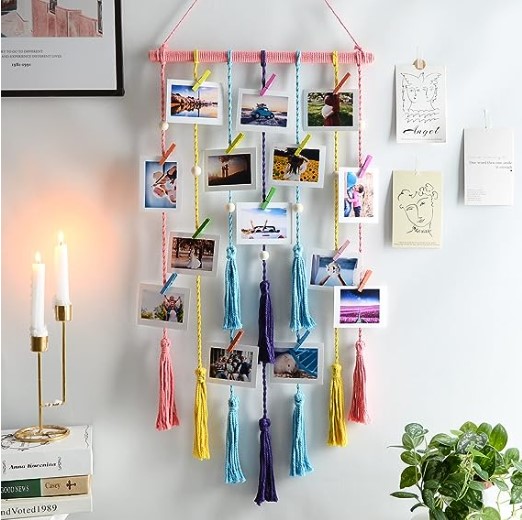
Conclusion
Decorating your child’s room with the right kids’ wall art is an artful journey that evolves as they grow. From soothing nurseries to imaginative playrooms and inspiring study spaces, each stage brings new opportunities for creativity. Remember to consider their interests, developmental needs, and preferences to create a magical space that nurtures their dreams. So go ahead, explore the vast world of kids’ wall art, and let your child’s room reflect their unique personality and aspirations!
| If you have any comments or questions about this post, please leave your feedback below. |








